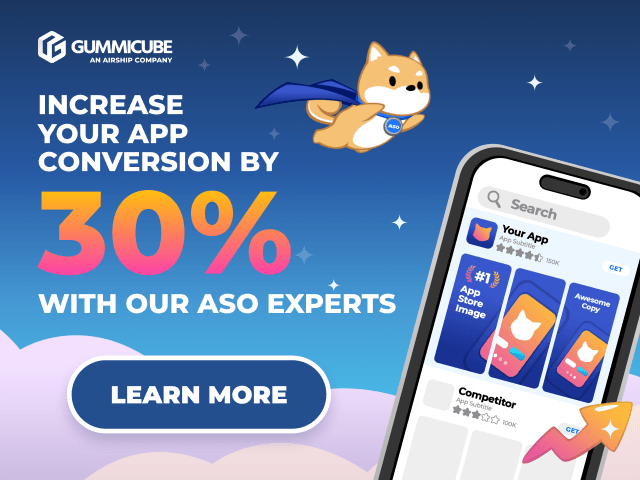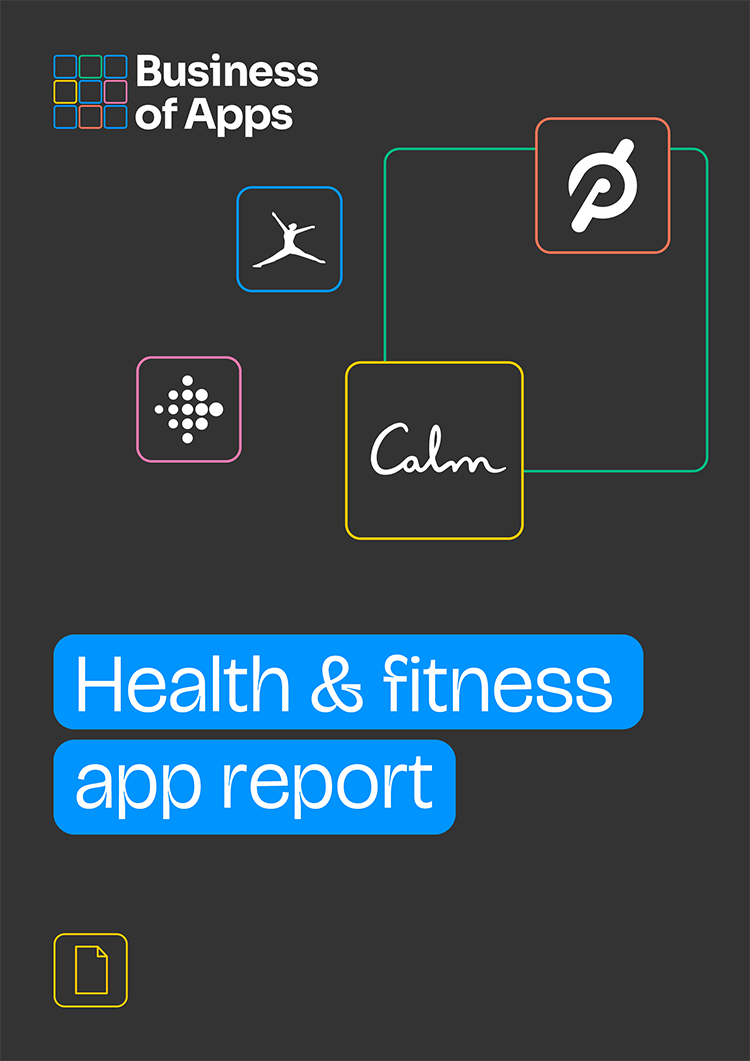Before MyFitnessPal, anyone attempting to cut calories or monitor intake had to do it the old fashioned way, with a notebook and pen. Launched in 2005, the app provided a database of foods with precise nutritional values.
Originally, co-founder Mike Lee built the app as a way to track his weight before his wedding, but started working on it full-time after interest from friends and family.
It wouldn’t be until 2009, when MyFitnessPal launched on iOS, that the app exploded in growth. Adding millions of users a month, Lee quickly moved from a startup mentality to a fully-grown business, expanding to over 100 countries and adding thousands of unique food items, dishes and restaurants to the database.
The focus was solely on tracking calories, with limited fitness features.
During Lee’s tenure, MyFitnessPal grew to 80 million active users. In 2015, Under Armour acquired the company for $475 million, the second in a series of technology acquisitions by the sport apparel brand, as it attempted to become a connected fitness brand as well.
The past five years have seen steady revenue and usage growth for MyFitnessPal, although not much has changed from the original app vision. Under Armour struggled to build out its connected fitness segment, scaling back on its hardware ambitions in the past few years after multiple failures.
In 2020, Under Armour decided it was time to shift focus, with a new CEO, Patrik Frisk, focused more on apparel and less on the technology side. It sold MyFitnessPal for $345 million to investment firm Francisco Partners, $130 million lower than the price it had acquired it for in 2015.
The fact that no major tech company jumped for MyFitnessPal when it was for sale may be indicative of how the industry views MyFitnessPal’s rather unrefined advertising platform and its low conversion rate of its everyday users to its premium subscription service.
Since the acquisition, there hasn’t been much change on the app. The subscription service is pushed a bit more heavily, but for the most part, everyday usage is the same as it was with Under Armour. Francisco Partners have not said what its plans are with the app long-term.
We have collected data and statistics on MyFitnessPal. Read on below to find out more. Explore further with our in-depth health & fitness app report.
MyFitnessPal Key Statistics
- MyFitnessPal generated $310 million revenue in 2023, a 25% year-on-year increase
- The app has 200 million users, making it the most popular health and fitness app
Health & Fitness App Report 2025
Want to learn more about the health & fitness app industry? In our Health & Fitness App report, we cover financials, usage, downloads, and demographics by age and gender, alongside market share, engagement, and benchmarks.
MyFitnessPal Overview
| Title | Title 2 |
|---|---|
| Launch date | 2005 |
| HQ | Baltimore, Maryland |
| People | Mike Lee (founder), Dipanjan Deb (CEO, Francisco Partners), Vilay Raghunathan (VP, Engineering) |
| Business type | Subsidiary |
| Parent company | Francisco Partners |
| Industry | Health & fitness |
MyFitnessPal Revenue
MyFitnessPal made $310 million revenue in 2023, primarily through subscriptions to its premium service.
MyFitnessPal revenue 2016 to 2023 ($mm)
| Year | Revenue ($mm) |
|---|---|
| 2016 | 51 |
| 2017 | 56 |
| 2018 | 76 |
| 2019 | 86 |
| 2020 | 102 |
| 2021 | 171 |
| 2022 | 247 |
| 2023 | 310 |
Sources: Health & Fitness App Report, AppFigures, Company data
MyFitnessPal Users
MyFitnessPal said it had 200 million users when it was sold by Under Armour to Francisco Partners.
MyFitnessPal registered users 2015 to 2020 (mm)
| Year | Users (mm) |
|---|---|
| 2015 | 50 |
| 2016 | 75 |
| 2017 | 85 |
| 2018 | 150 |
| 2019 | 180 |
| 2020 | 200 |
| 2022 | 210 |
| 2024 | 220 |
Sources: Health & Fitness App Report, Company data
MyFitnessPal vs Competitors: Users
MyFitnessPal has the most registered users for an app not preinstalled on devices.
Health and fitness registered users by app 2023 (mm)
Want to learn more about wellness apps? Check out our Health & Fitness App Report
MyFitnessPal FAQ
How much did Under Armour sell MyFitnessPal for?
Under Armour sold MyFitnessPal for $345 million, a loss of $130 million on the price it paid in 2015
How many MyFitnessPal accounts were hacked in 2018?
According to The Guardian, 150 million MyFitnessPal accounts were hacked
How many foods are logged in MyFitnessPal’s database?
Over seven million foods have been logged as of 2020
More Health & Fitness App Data
- Sweatcoin Revenue and Usage Statistics (2025)
- Flo Revenue and Usage Statistics (2025)
- Wellness App Revenue and Usage Statistics (2025)
- Calm Revenue and Usage Statistics (2024)
- Fitbit Revenue and Usage Statistics (2025)
- Fitness App Revenue and Usage Statistics (2025)
- Health App Revenue and Usage Statistics (2025)
- Strava Revenue and Usage Statistics (2025)
- Peloton Revenue and Usage Statistics (2025)
- Health & Fitness App Benchmarks (2025)



